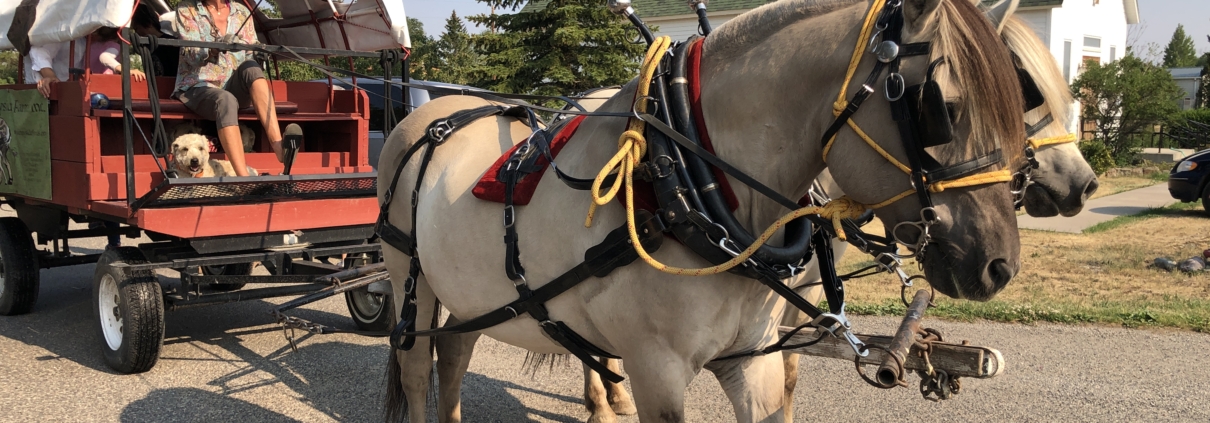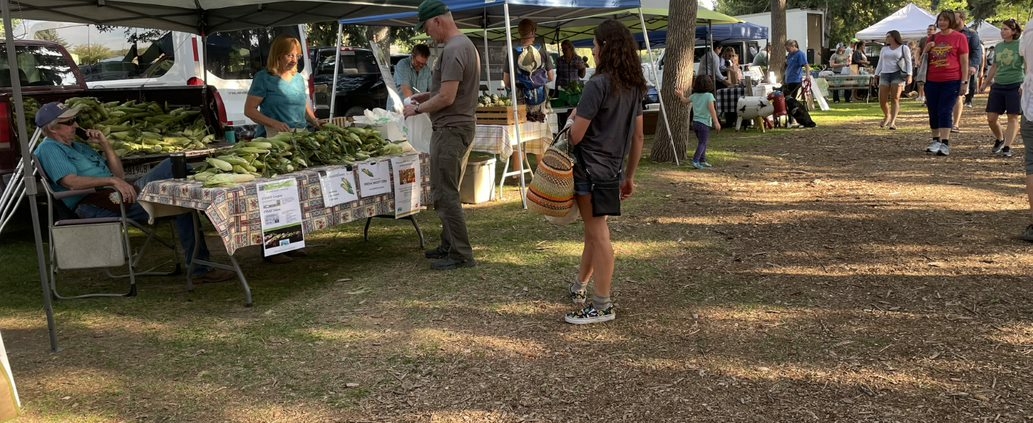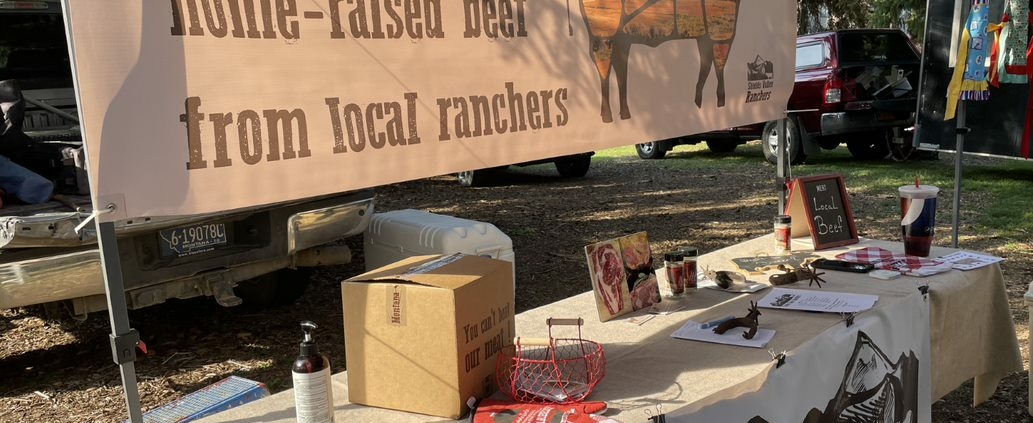Vendor Stall Fees
Most farmers markets establish stall fees that vendors pay to sell at the market. Stall fees are a good way to offset the costs of running the market and are used for advertising, insurance, rent, electricity, restrooms, and other market expenses.
There are several different ways markets assess stall fees:
Annual fees: Vendors pay one fee for the whole season and reserve stall space at the market. The fee can be determined by estimating market expenses for the year. Annual fees that are collected at the beginning of the season can provide start-up dollars for the market to use for early-season costs.
Daily fee: Vendors pay a per-day fee to sell and are assigned space on a first-come, first-served basis.
Percentage fee: Vendors pay a small percentage of their sales on the honor system. A percentage fee can be an equitable way to assess stall fees on both large and small vendors. The Whitefish and Columbia Falls Markets ask for 5% of sales and $1 each week.
Different fees for different types of vendors: For example, some markets have a separate fee structure for produce and non-produce, different rates for different booth sizes, or different rates for nonprofits, out-of-state vendors, or Montana Grown vendors.
Many markets offer vendors the opportunity to reserve stall space for the season but accommodate vendors who don’t want to participate every week with a daily fee. Other markets establish lower prices early in the season and then raise prices during peak times.
Other questions to consider when establishing vendor stall rates and assignments:
- Will all the stalls be the same size?
- Can vendors rent more than one stall?
- Can vendors sell out of the back of trucks, or should tables be used?
- Do vendors get the same stall each week or does it change each week?
- Do some stalls cost more than others?
Vendor Stall Assignments
Once you have determined how many and what type of vendors will be selling at the market, you will want to take some time to consider how the stall assignments for these vendors will impact the overall design and flow of the market. It will also be important to determine which are your anchor vendors for the market.
Anchor vendors are vendors who are popular with customers, have a consistent product, are savvy at booth display, and are willing to help promote and work toward the success of the farmers market organization. Anchor vendors should be placed at either end of the market as well as in the middle to help encourage a steady flow of traffic. The remaining vendors should be placed in between the anchor vendors. Depending on the types of vendors you have at your market, consider how best to pair certain vendors.
Do you have an anchor vendor that is a bakery and another vendor who sells honey or homemade jams? Placing these two vendors next to each other can help promote sales for both vendors.
Resources
Understanding Anchor Vendors, Farmers Market Coalition Website








